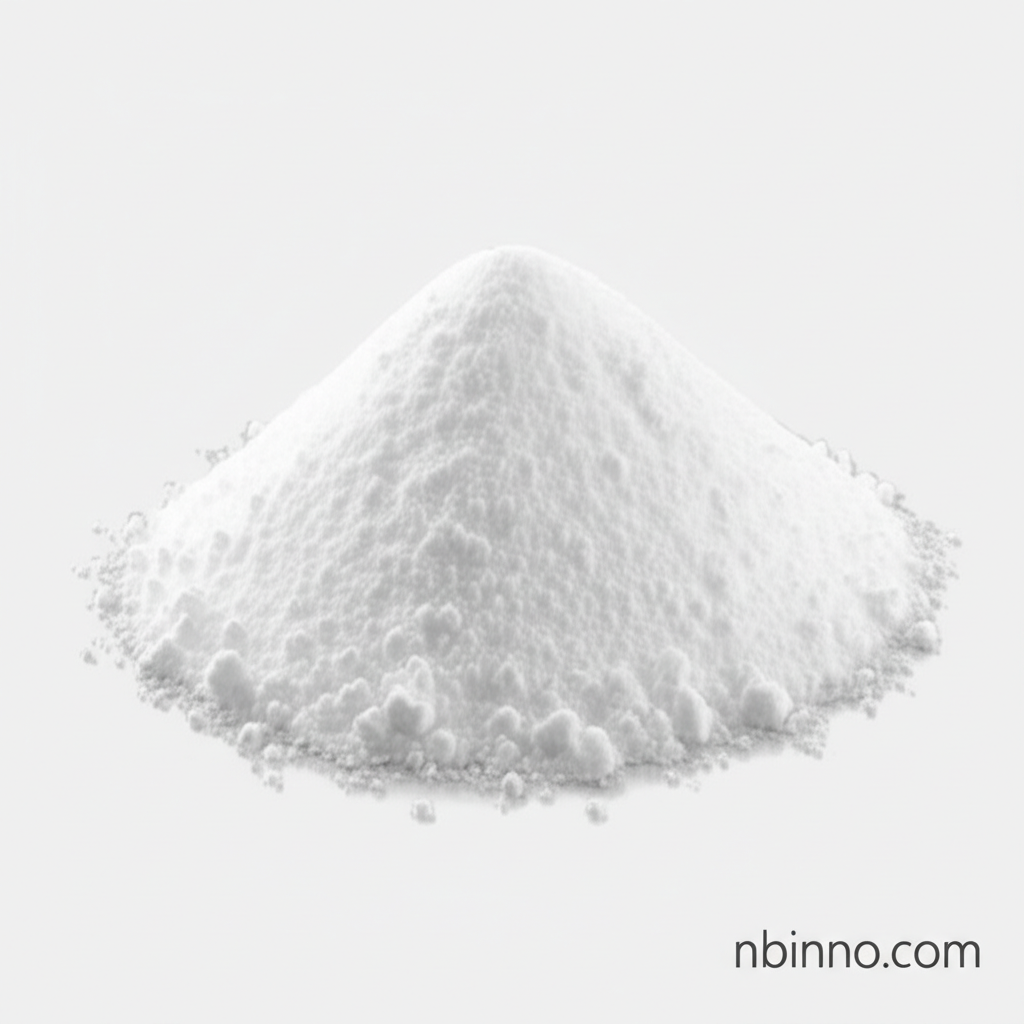Terephthalic Acid: The Backbone of Modern Polyesters
Discover the essential role of Terephthalic Acid (CAS 100-21-0) in creating durable materials for textiles, packaging, and more.
Get a Quote & SampleProduct Core Value

Terephthalic Acid
Terephthalic Acid is a vital organic compound, primarily serving as the main raw material for polyethylene terephthalate (PET) and other polyester production. Its high purity and specific chemical structure make it indispensable for manufacturing high-performance fibers, films, and plastics.
- Leveraging the extensive applications of terephthalic acid in textiles, we see its use in producing high-strength, wrinkle-resistant fibers for clothing and industrial applications.
- Understanding the purity of terephthalic acid in PET manufacturing ensures the final product's excellent mechanical properties, barrier resistance, and transparency.
- The chemical properties of terephthalic acid enable its integration into various engineering plastics like PBT and PEN, crucial for demanding automotive and electronics sectors.
- As a key component for polyester production, terephthalic acid contributes to the durability and recyclability of packaging materials, supporting sustainability initiatives.
Advantages of Using Terephthalic Acid
Enhanced Material Properties
The structure of terephthalic acid directly contributes to the superior strength, thermal stability, and chemical resistance of the polymers it helps create, making them ideal for demanding applications.
Versatile Applications
From the finest textile fibers to robust packaging films and high-performance engineering plastics, the versatility of terephthalic acid is key to a broad range of industrial outputs.
Cost-Effective Production
The large-scale, efficient synthesis methods for terephthalic acid, such as the Amoco process, ensure its availability as a cost-effective raw material, supporting competitive pricing for downstream products.
Key Applications
Textile Industry
Used extensively to produce polyester fibers, known for their durability, wrinkle resistance, and cost-effectiveness in apparel and home furnishings.
Packaging Industry
The primary building block for PET resins used in food and beverage bottles, offering excellent barrier properties, transparency, and recyclability.
Engineering Plastics
Essential for creating high-performance polymers like PBT and PEN, which are utilized in demanding automotive, electronics, and aerospace components.
Coatings and Resins
Serves as a basis for resins used in durable industrial coatings, adhesives, and molding compounds, providing excellent adhesion and chemical resistance.
